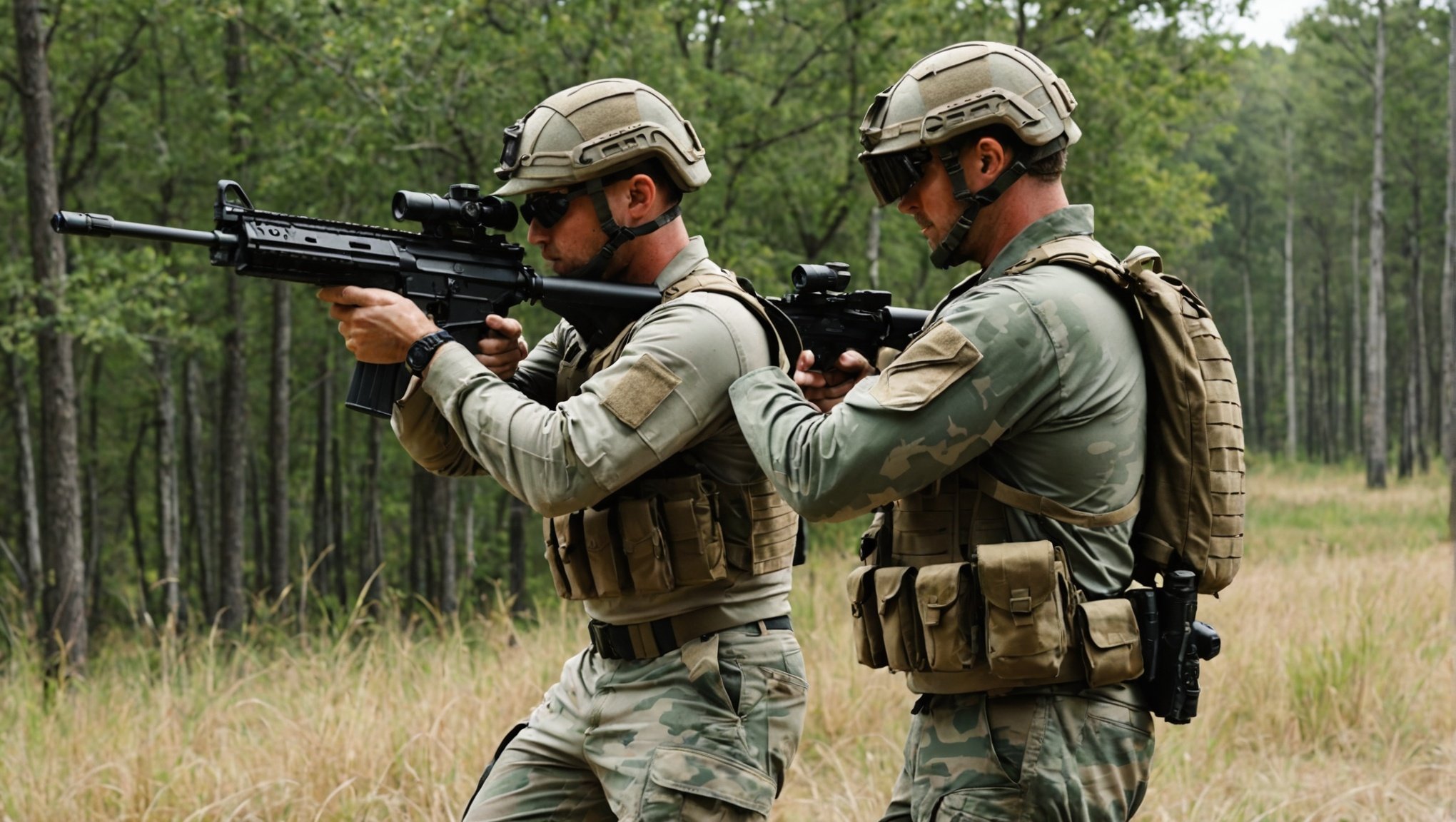Revolutionizing Tactical Training in Field Sports: The Power of Enhanced Reality Systems
The Evolution of Sports Training
Sports training has undergone a significant transformation over the years, from traditional methods that relied heavily on physical drills and manual feedback, to the integration of advanced technologies that enhance performance, safety, and overall athlete development. One of the most promising innovations in this realm is the use of enhanced reality systems, including augmented reality (AR) and virtual reality (VR). These technologies are not just changing the game for athletes but also for coaches, fans, and the sports industry as a whole.
From Analog to Digital
In the past, coaches relied on video analysis and manual data collection to assess player performance. This process was time-consuming and often limited in its scope. With the advent of digital technologies, sports training has become more data-driven, allowing for real-time feedback and detailed performance analysis.
Also to discover : Smart Strategies for Tailoring Training Intensity in Young Athletes to Avoid Overuse Injuries
“For instance, in soccer, coaches can now use VR to simulate game scenarios, helping players practice decision-making in a highly realistic environment,” explains Dr. Maria Rodriguez, a sports scientist at a leading university. “This not only improves player performance but also enhances their ability to react under pressure.”
The Role of Augmented Reality in Sports Training
Augmented reality is particularly useful in field sports because it overlays digital information onto the real world. This technology can be integrated into training sessions in various ways:
This might interest you : Crafting a Customized Recovery Strategy for Tennis Athletes Battling Chronic Wrist Injuries
Real-Time Feedback
- Instant Analysis: AR can provide athletes with immediate feedback on their technique, speed, and other performance metrics during training.
- Interactive Drills: Coaches can design interactive drills where AR markers or projections guide athletes through complex movements, ensuring they maintain proper form.
- Personalized Training: AR can be tailored to individual athletes, focusing on specific areas of improvement identified through data analytics.
Enhanced Visualization
- 3D Models: AR can project 3D models of opponents or game scenarios, allowing athletes to visualize and prepare for different situations.
- Virtual Opponents: Athletes can practice against virtual opponents that mimic the tactics and strategies of real teams.
- Field Layouts: AR can display virtual field layouts, helping athletes understand spatial awareness and positioning during games.
The Impact of Virtual Reality on Athlete Performance
Virtual reality takes the training experience to a completely immersive level, simulating game environments that are indistinguishable from real-life scenarios.
Immersive Training
- Game Simulation: VR can simulate entire games, allowing athletes to practice in a fully immersive environment that replicates the sights, sounds, and pressures of an actual game.
- Injury Prevention: By simulating high-risk scenarios in a controlled VR environment, athletes can practice without the risk of physical injury.
- Mental Preparation: VR can help athletes prepare mentally for games by simulating different game states and scenarios, enhancing their decision-making skills.
Data-Driven Insights
- Performance Metrics: VR training sessions can generate detailed performance metrics, such as reaction time, accuracy, and decision-making speed.
- Video Analysis: Coaches can review VR training sessions using video analysis tools, providing detailed feedback to athletes.
- Machine Learning Integration: VR data can be fed into machine learning algorithms to predict athlete performance and identify areas for improvement.
Table: Comparison of AR and VR in Sports Training
| Feature | Augmented Reality (AR) | Virtual Reality (VR) |
|---|---|---|
| Environment | Overlays digital information onto the real world | Fully immersive, simulated environment |
| Feedback | Real-time feedback during training sessions | Detailed performance metrics post-session |
| Visualization | 3D models and virtual markers | Complete game simulations |
| Interactivity | Interactive drills with AR markers | Immersive game scenarios |
| Safety | Enhances safety by providing real-time feedback | Reduces injury risk by simulating high-risk scenarios |
| Data Analysis | Provides instant analysis and feedback | Generates detailed performance metrics for review |
Fan Engagement and the Future of Sports
Enhanced reality systems are not just limited to athlete training; they also offer new avenues for fan engagement.
Immersive Fan Experiences
- Virtual Stadium Tours: Fans can take virtual tours of stadiums, experiencing the game environment in a highly immersive way.
- Game Simulations: Fans can participate in VR game simulations, allowing them to feel like they are part of the game.
- Interactive Content: AR can be used to create interactive content, such as virtual try-ons of team jerseys or interactive stats displays.
Enhanced Broadcasting
- AR Overlays: Broadcasts can include AR overlays that provide real-time stats, player positions, and other data-driven insights.
- VR Streaming: Games can be streamed in VR, offering fans a fully immersive viewing experience.
Practical Insights and Actionable Advice
For coaches and athletes looking to integrate enhanced reality systems into their training programs, here are some practical insights:
Start Small
- Begin with simple AR drills and gradually move to more complex VR simulations.
- Ensure that the technology is user-friendly and accessible to all team members.
Data Integration
- Use data analytics to identify areas where AR and VR can provide the most benefit.
- Integrate machine learning algorithms to predict performance and optimize training programs.
Player Buy-In
- Involve players in the decision-making process to ensure they are comfortable and motivated to use the new technologies.
- Provide regular feedback and insights to keep players engaged and motivated.
The integration of enhanced reality systems into field sports training is a game-changer. These technologies offer real-time feedback, immersive training environments, and detailed performance analysis, all of which contribute to improved athlete performance and safety. As the sports industry continues to evolve, it is clear that AR and VR will play a pivotal role in shaping the future of sports training.
“In the end, it’s about using technology to enhance human performance, not replace it,” says John Smith, a renowned sports coach. “With AR and VR, we’re not just training athletes; we’re creating a new generation of super-athletes.”
As we look to the future, one thing is certain: the intersection of sports and technology will continue to revolutionize the way we train, play, and engage with sports. Whether you’re an athlete, coach, or fan, the power of enhanced reality systems is something to be excited about.







